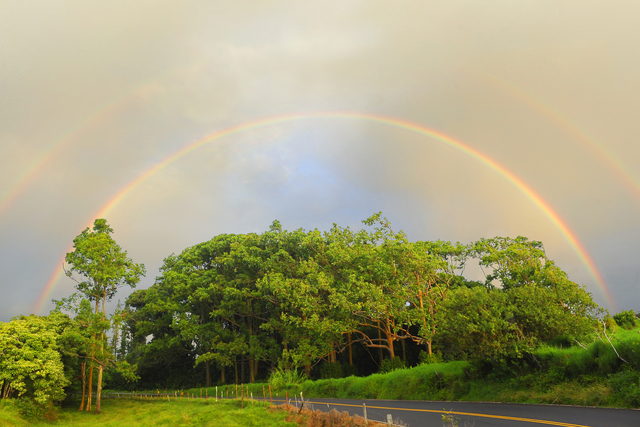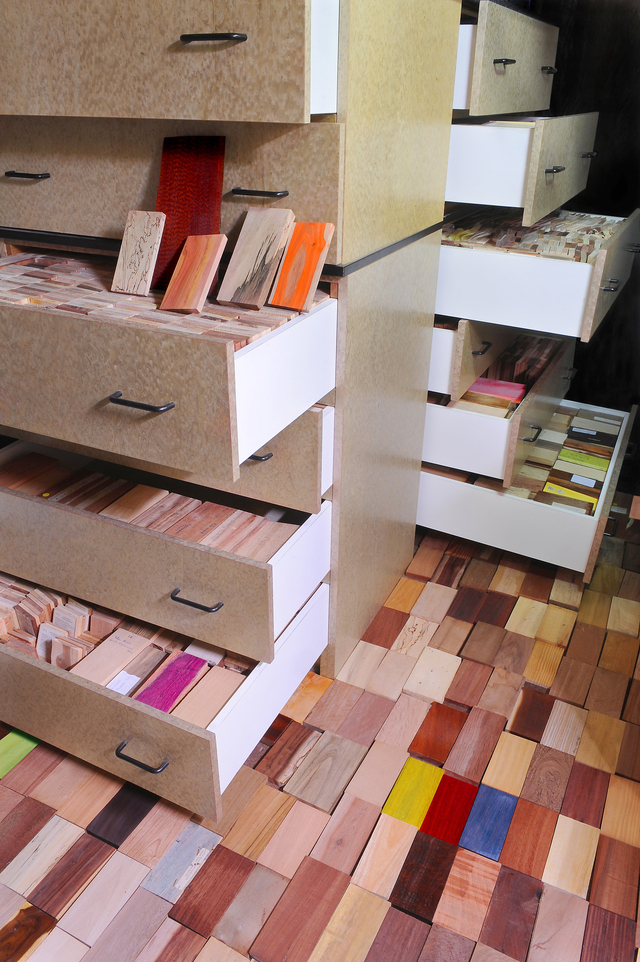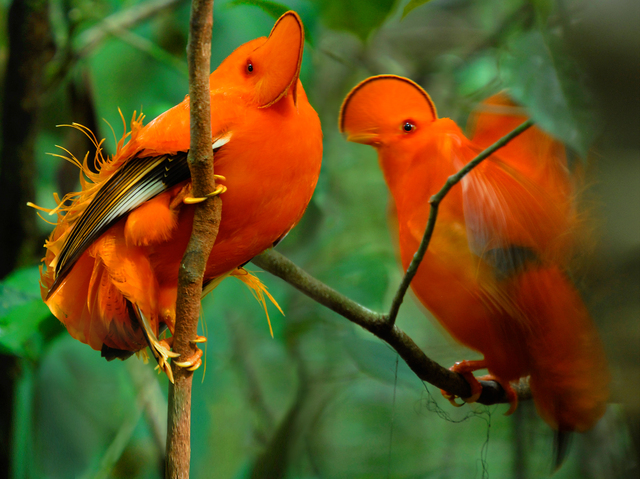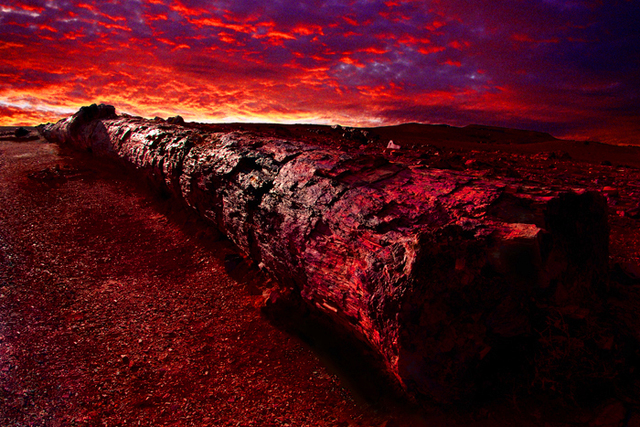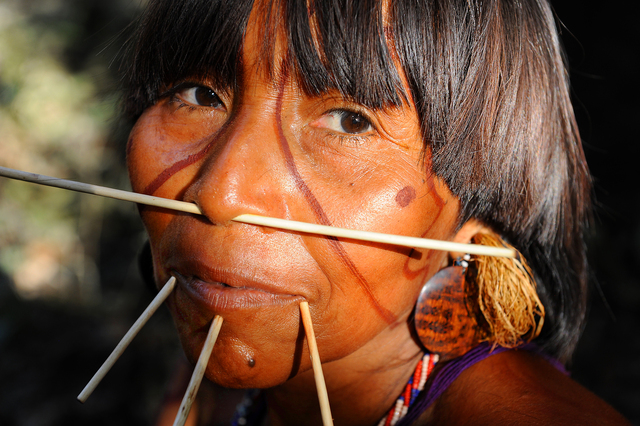When Vince Manna covers the room with his collection of rectangular-sized timber species, even the least sensitive person to the wood differences will be awed.
The mosaic floor presents a microcosm of forests. There are over 14,000 samples whose colours and patterns contrast sharply. Most of them were obtained personally when Vince traced the timbers back to their origins.
In the past 50 years, the Keysborough craftsman travelled around the world to collect and research the rarest wood between the intervals of his woodworking. His footprints went far into the remote jungles, forests and tribes of seven continents and some joining islands, where the most exotic timbers stand. The longest venture would be about a year and the short ones lasted variously from two weeks to several months.
“When I travel, I spend a lot of time with the locals, sit down with them, and usually come back home with a few nice samples,” he said.
“But we actually exchange techniques, methods, tools, how you sharpen, how they sharpen, how they sand it, and how they don’t sand it.”
To chase a rare tree in the wild is a meticulous project.
“First of all, you learn where to find the trees, then you learn how to identify the trees by using the bark, the leaves, and the fruit. You learn with the locals how they use the woods to survive,” Vince said.
“Wood is a very important resource to us here. It’s 10 times more important for them.
“They survive on wood, from the shelters to hunting the animals that visit the trees. They use wood to build their huts, their canoes, weapons, and furniture. It’s basic, very simple furniture that they’ll make. Could be the trunk of a tree, I sit on it…
“It’s not just to learn, but also to study how they do it.”
He spoke of his frantic landmark quest for snakewood in the Amazon region of South America. He went back many times to locate the reddish timber and suffered numerous setbacks, including a severe fleshing-eating parasite infection, a gunpoint, and being stranded in a drastic landslide, before finally stumbling upon a felled tree with the help of an Indigenous. Luckily, there were a few juvenile trees around.
The woodseeker waited and returned after two years when the little trees grew.
He brought the wood back to Melbourne, made earrings out of it, and took them all the way to the jungle.
“I gave it to the tribespeople, and they quickly fiddle around with these beautiful things by hanging in their ears,” he said.
“To take them there it’s not like just getting a taxi, you have to go on a canoe for weeks through the jungles.
“You’ll often stop at gunpoint. It’s like a Rambo movie in the sense when you go down the river. Because it’s like in the middle of nowhere, and the middle of nowhere requires special transportation.
“I have been threatened twice, but I was so passionate to do it again and again.”
Photography is an expected derivative skill out of his wood passion, for properly documenting and capturing.
He reflected on his trip to the coast of Argentina, the very tip of South America to see the Forest of Stone in 2009.
“These are ancient trees that fell millions of years ago. They died and they got buried, and then they became petrified with all those minerals washed through it,” he said.
“It’s a petrified forest. This is extraordinary scenery.
“A young lady took me and my friend there overnight. It’s so remote. There were only two or three people there at the time.
“It was incredibly cold. It was freezing at sunrise, but the view we had, it’s just a beautiful place.”
Another unforgettable moment is when he captured the rainbow eucalypts from an “over the rainbow” angle in Hawaii.
“The tree’s actually on the side of the road. To get to this tree was so dangerous because the road was curved. I had nowhere to really stand on the road because the cars could hit you, but yet I had to go down,” Vince recalled.
“It was so slippery. I could not even use a tripod. I had to do it by hand.”
He recalled that his friend even photographed him on the tree with a giant selfie stick that was about 15 metres.
The true lucky moment for the trip was when he set off early in the morning, he was able to capture two massive real rainbows hovering over the rain eucalypts.
An inveterate adventurer and wood chaser, Vince admitted that what he had been doing over the years could be very hard to repeat.
“You’ve got to have a specific reason to go many many times to the same place. For me, Brazil, for example, I know there are so many different species of trees there,” he said.
“One year might be targeting this tree, another year might be targeting that tree. But if you have to go all at once, you’d be spending two years there to get around because Brazil is vast.
“So getting around and then you get homesick. You still have to run your business. You can’t really go and chase 1000 trees in the rainforest, and you’ll be there for 10 years.
“You’ve got to do your thing, come back, start again, book another, might be a different place. That’s how we’re doing it.”
“Very few woodworkers will get to see the trees, get to see what they’re working on. I go there and study with the natives. It’s rare.” he said.
“I wouldn’t do it for the money. I was doing it for the education. I am very much into it.”
The Keysborough craftsman, photographer, and wood collector has been archiving his 50 years of passion-driven works on his Instagram. Visit: instagram.com/roseswood_

